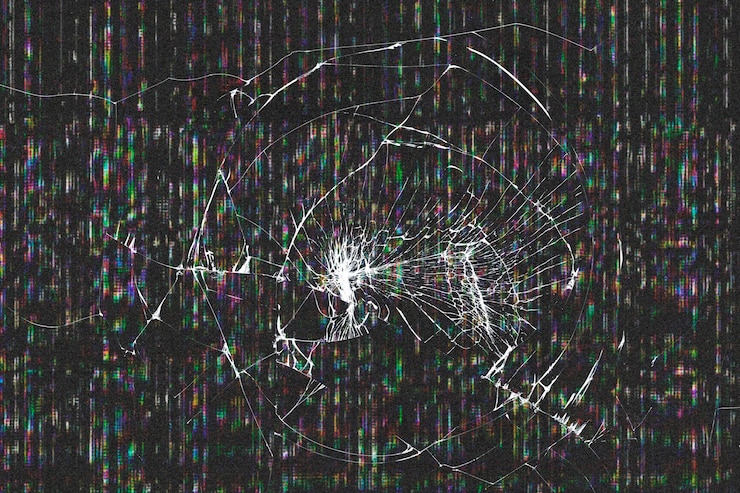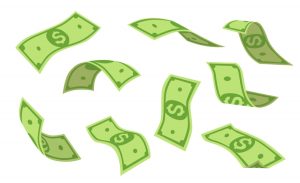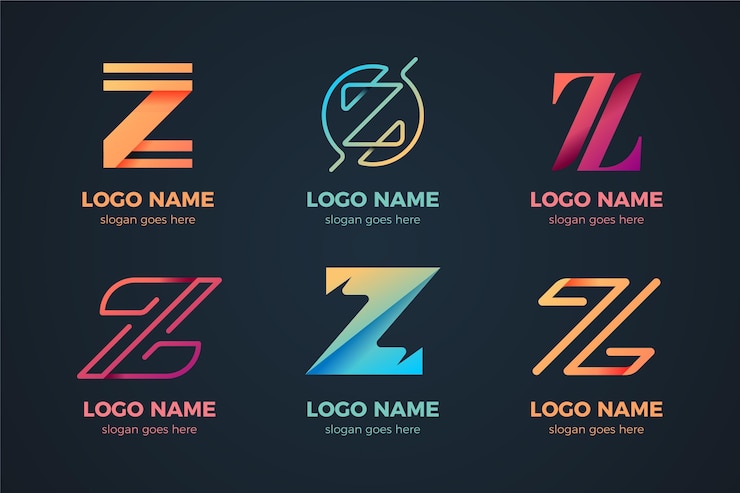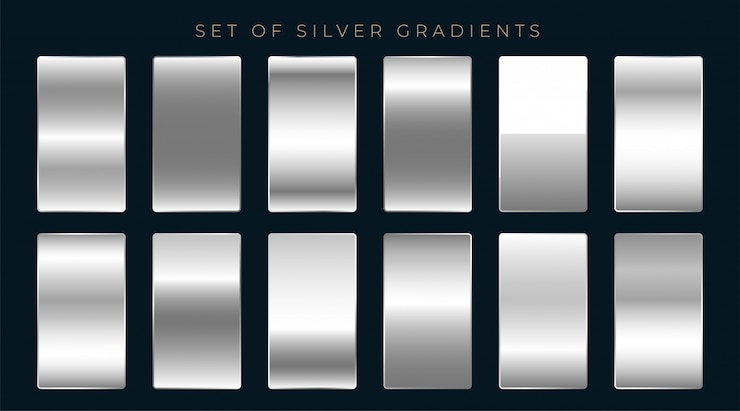
I was rearranging my “Binder” collection of coins when I noticed something unusual about my 1892 Columbian Exposition Commemorative half dollar. The back of the coin seemed to be rotated a bit, which didn’t seem right to me. Curious, I picked up another Columbian half dollar I had on hand, and confirmed that the two coins were indeed different!
Typically, these coins are supposed to align perfectly. When you flip them over, the reverse should be directly upside down, not angled like mine. You can see in the picture above that the reverse tilts to the right—a surprising discovery for such a common coin. Believe it or not, these coins were so widely saved in the 1890s that they’re easy to find today, typically ranging from $10 to $100 depending on their condition. The most pristine ones can even fetch prices in the lower thousands.
As for how much this “die rotation” error influences the coin’s value—it’s hard to say. I found a website dedicated to coins with rotated designs—RotatedDies.com—and it appears collectors are usually interested in coins rotated at least 90-180 degrees. My coin definitely doesn’t meet that threshold (my experienced collector friend says rotations of 25% and up might get a premium, but I estimate this one around 15-20%). By the way, a “die” is one of the metal pieces used to strike the design onto the coin. It holds the inverted image that gets embossed onto the coin. You can learn more about dies if you’re curious.
Regardless of the die rotation, I initially valued this Columbian half dollar at around $15; I bought it on eBay last year for $12. With this new discovery, I might add a few dollars to the price and see what happens! When selling or trading coins, it’s all about connecting with the right collectors, so why not try? You never know who might be intrigued by this find!
Here’s a bit of history on the coin:
The Columbian half dollar was issued by the Bureau of the Mint in 1892 and 1893. This was the first United States commemorative coin, created to raise funds for the World’s Columbian Exposition in 1893, marking the 400th anniversary of Christopher Columbus’s voyage to the Americas. Columbus’s portrait appears on the coin, making it the first American currency to depict a historical figure.
Perhaps another reason why so many people preserved these coins was that it was the first commemorative coin! Since then, hundreds have been produced, the latest being the curved National Baseball Hall of Fame coin, which sold out within days!
Hope you’re discovering some interesting finds too!






